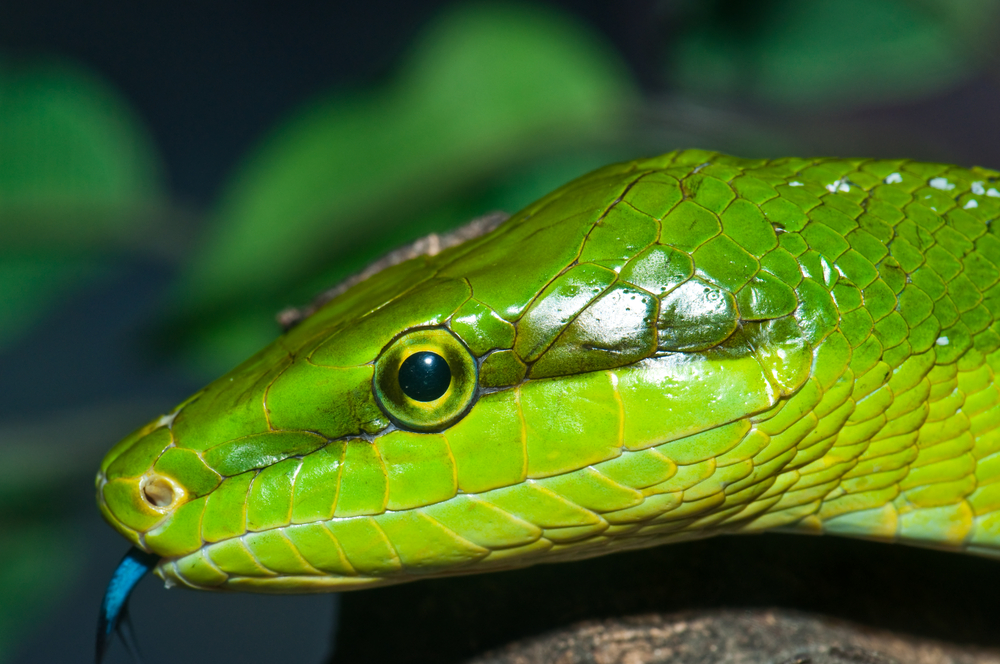
Snakes have adapted their vision to hunt their prey day or night. For example, snakes that need good eyesight to hunt during the day have eye lenses that act as sunglasses, filtering out ultraviolet light and sharpening their vision while nocturnal snakes have lenses that allow ultraviolet light through, helping them to see in the dark.
New insights into the relationship between ultraviolet (UV) filters and hunting methods in snakes is one of the findings of the first major study of visual pigment genes and lenses in snakes– published in the advanced online edition of Molecular Biology and Evolution.
The new research was an international collaboration between snake biologists and vision experts led by the David Gower and included fellow Natural History Museum researchers Bruno Simões and Filipa Sampaio. Much of the research, including most of the DNA analyses, was carried out in the Museum’s laboratories.
Please follow R&D Magazine on LinkedIn
Scientists have long known that snakes have highly variable sets of rods and cones – the specialised cells in the retina that an animal uses to detect light. But until now, most modern studies of vision in vertebrates (animals with a backbone) have concentrated on mammals, birds and fish.
To see in different colors, animals use visual pigments in their rods and cones that are sensitive to different wavelengths of light. The researchers examined the genes involved in producing the pigments from a broad genomic survey of 69 different species of snakes. What they found was as the genes vary from species to species so does the exact molecular structure of the pigments and the wavelengths of light they absorb.
The new research discovered that most snakes possess three visual pigments and are likely dichromatic in daylight – seeing two primary colours rather than the three that most humans see.
However, it also discovered that snake visual pigment genes have undergone a great amount of adaptation, including many changes to the wavelengths of light that the pigments are sensitive to, in order to suit the diversity of lifestyles that snakes have evolved.
Most snakes examined in the new study are sensitive to UV light, which likely allows them to see well in low light conditions. For light to reach the retina and be absorbed by the pigments, it first travels through the lens of the eye. Snakes with UV-sensitive visual pigments therefore have lenses that let UV light though.
In contrast, the research showed that those snakes that rely on their eyesight to hunt in the daytime, such as the gliding golden tree snake Chrysopelea ornata and the Monypellier snake Malpolon monspessulanus, have lenses that block UV light. As well as perhaps helping to protect their eyes from damage, this likely helps sharpen their sight – in the same way that skiers’ yellow goggles cut out some blue light and improve contrast.
Moreover, these snakes with UV-filtering lenses have tuned the pigments in their retina so that they are no longer sensitive to the short UV light, but absorb longer wavelengths.
All nocturnal species examined (such as N America’s glossy snake Arizona elegans) were found to have lenses that do not filter UV. Some snake species active in daylight also lack a UV-filtering lens, perhaps because they are less reliant on very sharp vision or live in places without very bright light.
By analysing how the pigments have evolved in snakes, the new study concluded also that the most recent ancestor of all living snakes had UV sensitive vision. “The precise nature of the ancestral snake is contentious, but the evidence from vision is consistent with the idea that it was adapted to living in low light conditions on land,” said corresponding author Gower.




